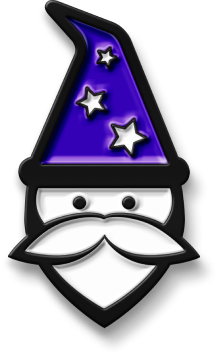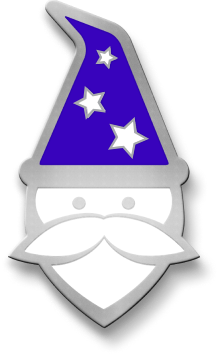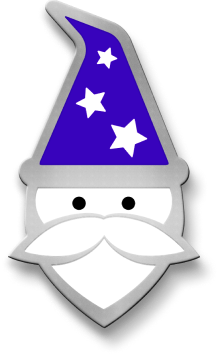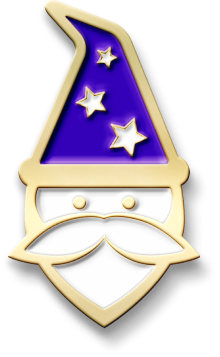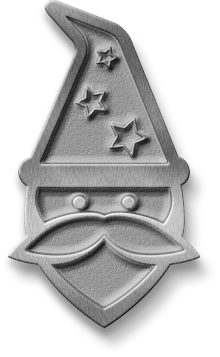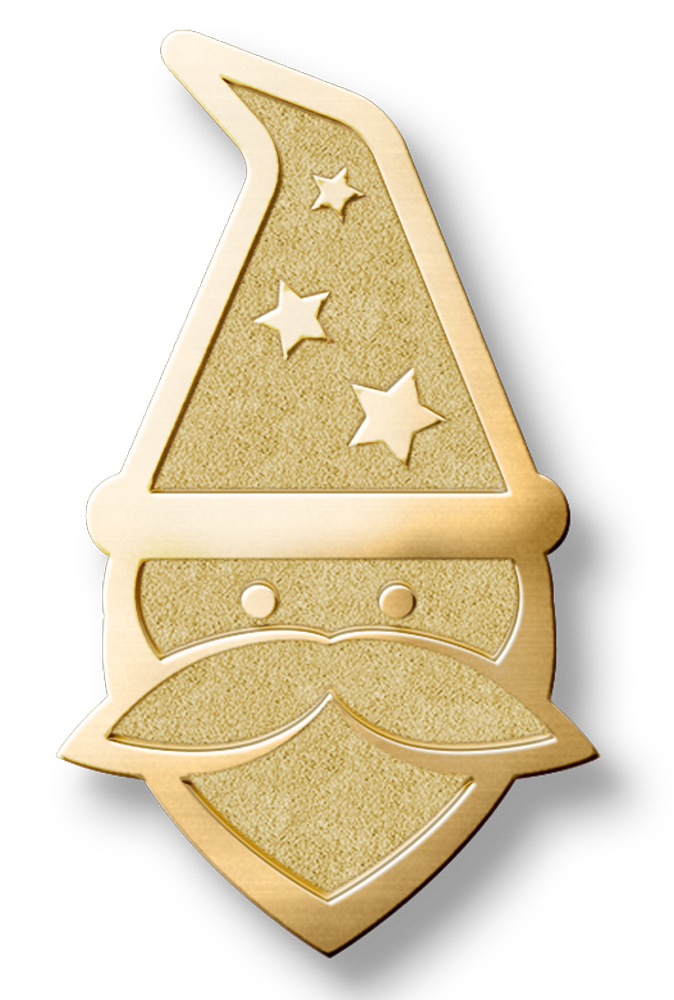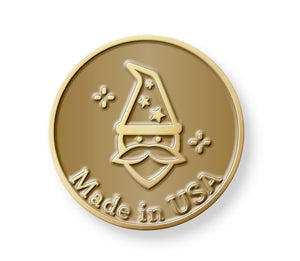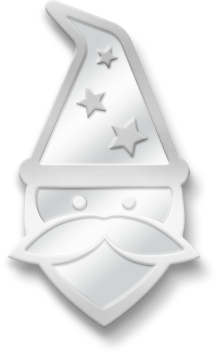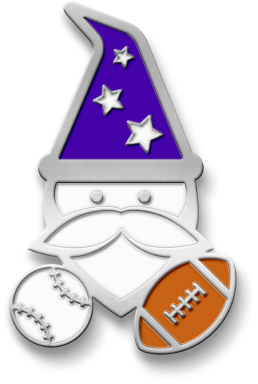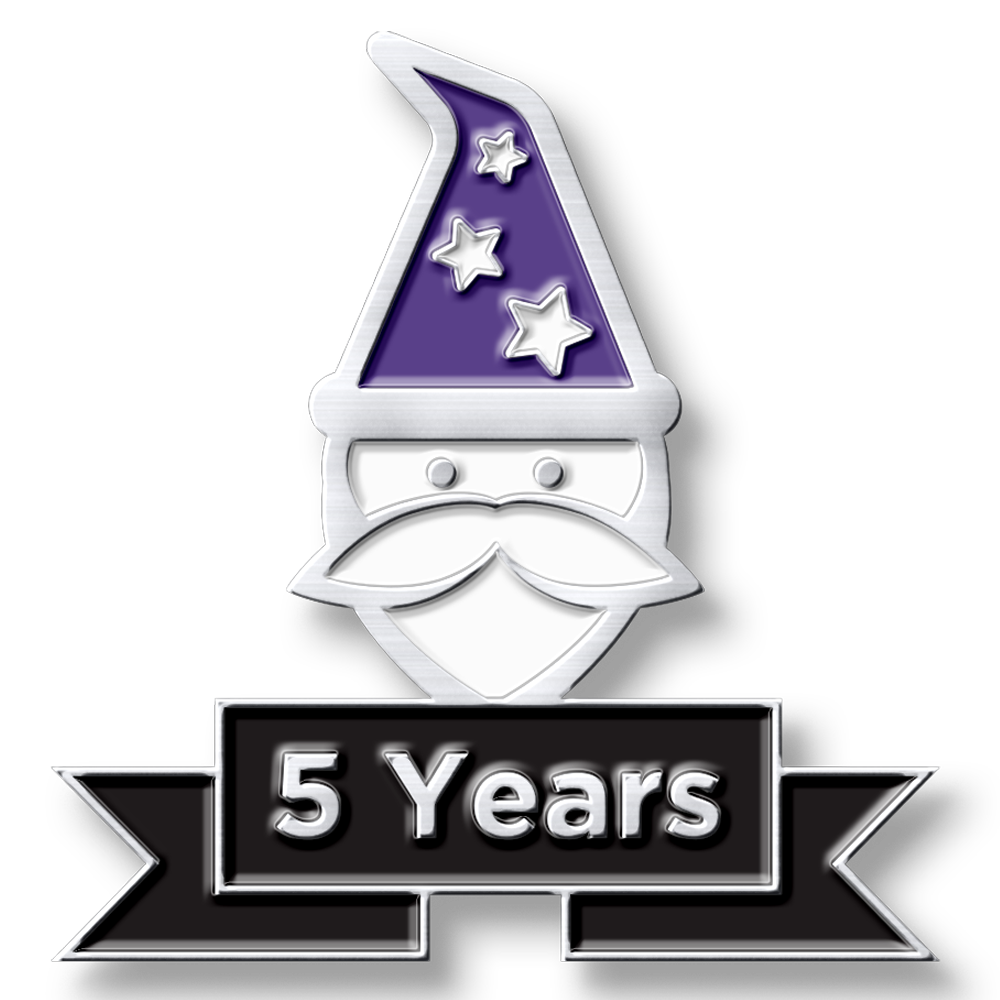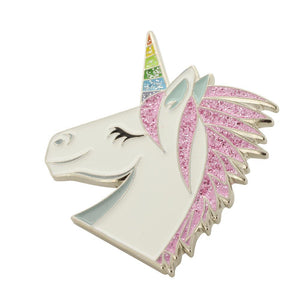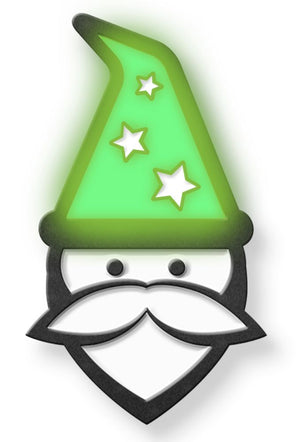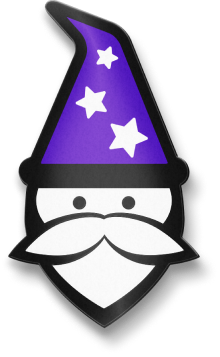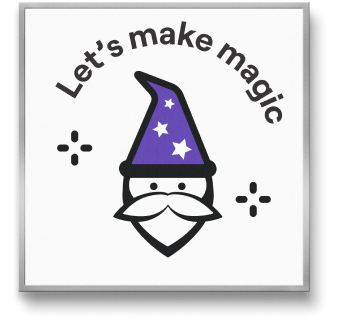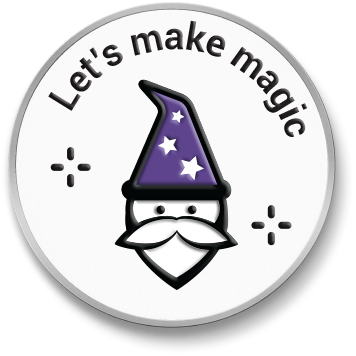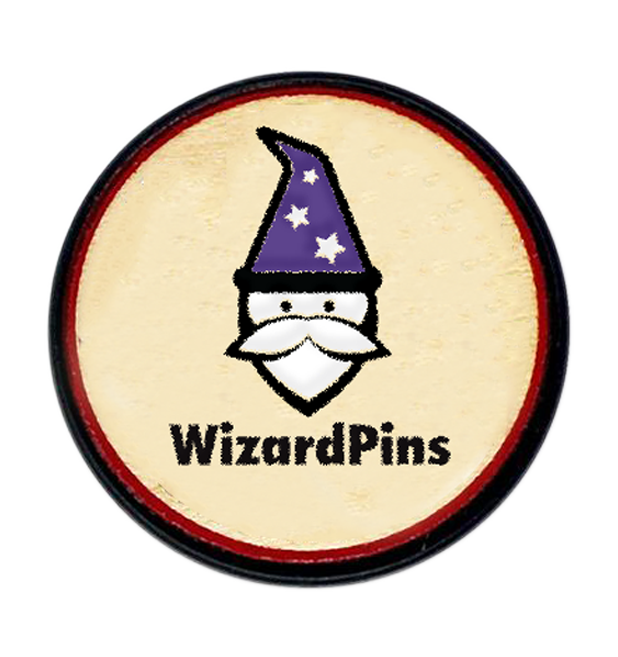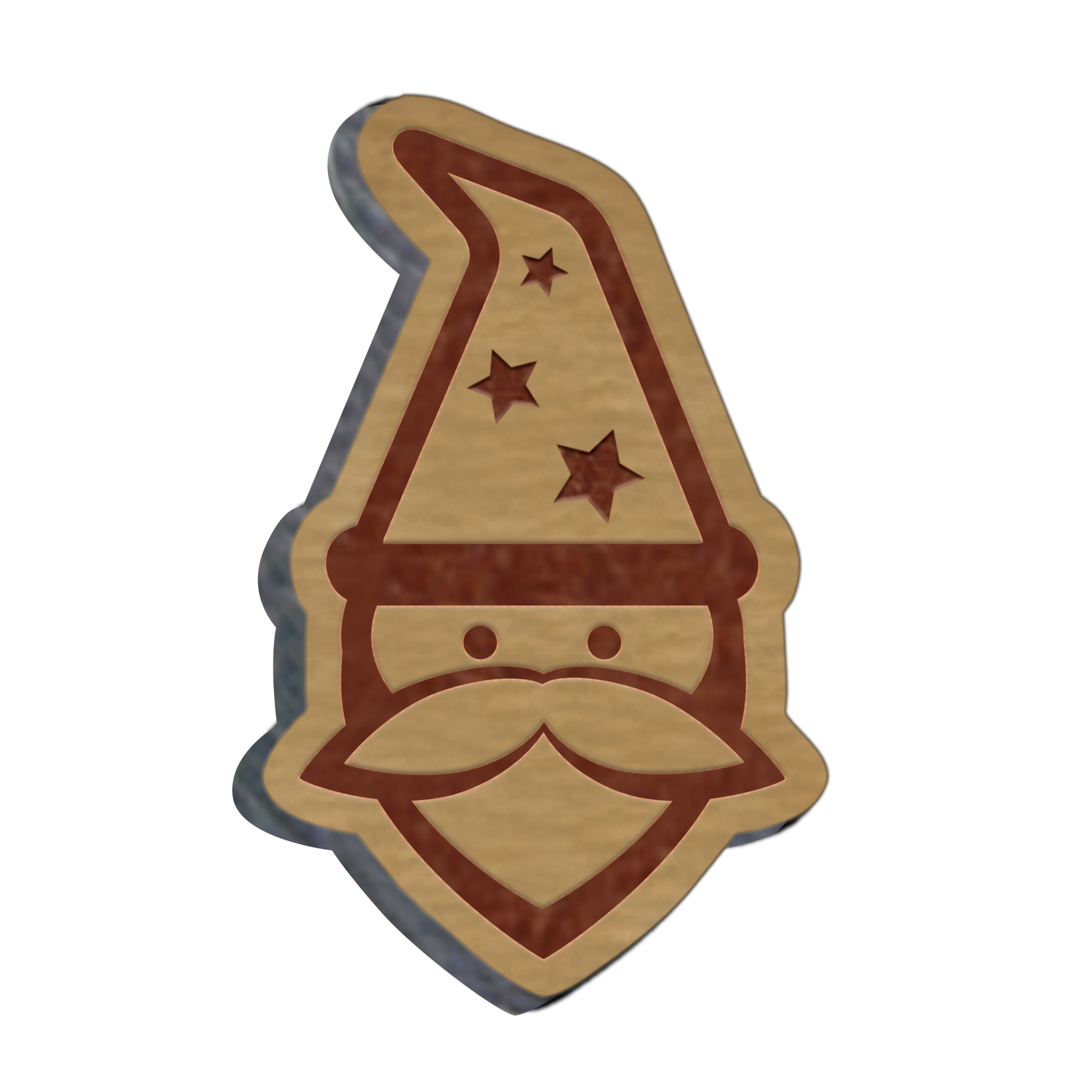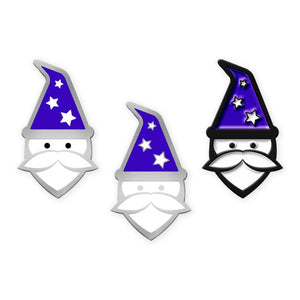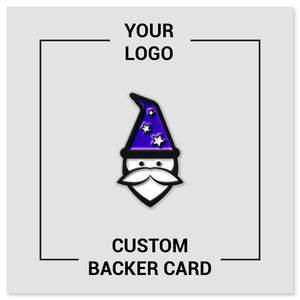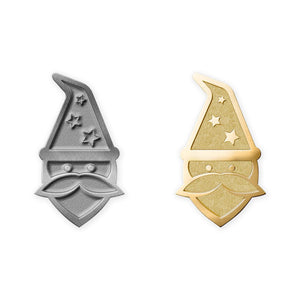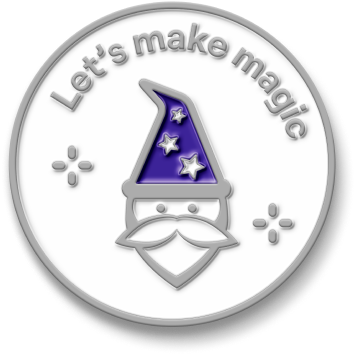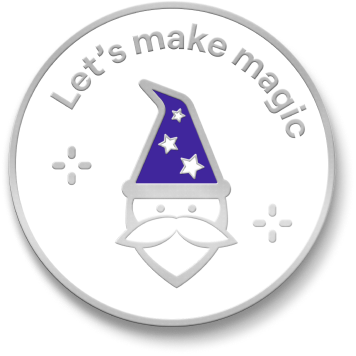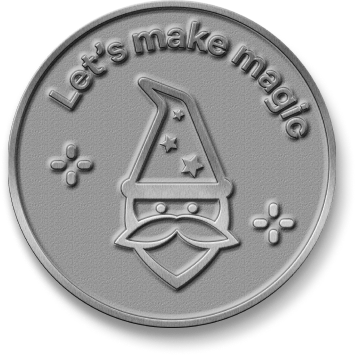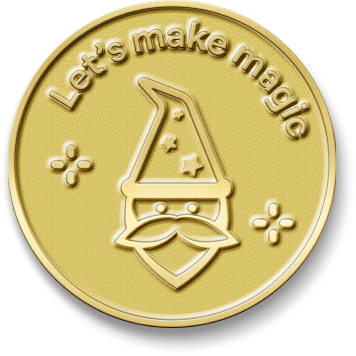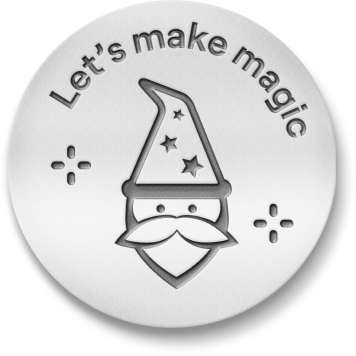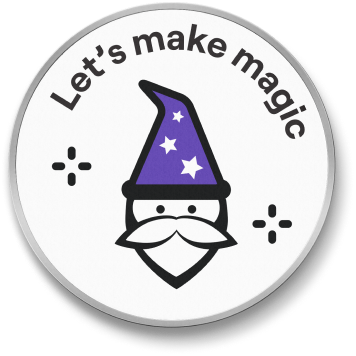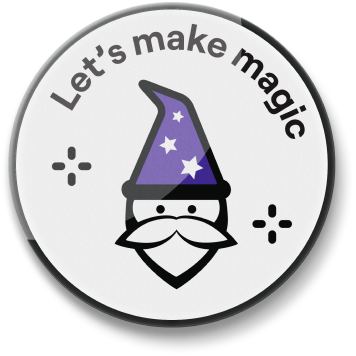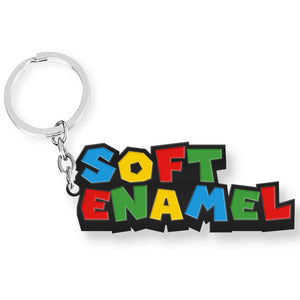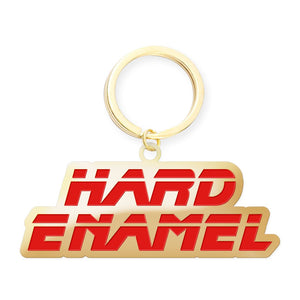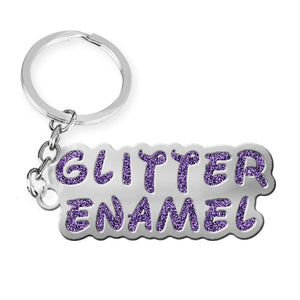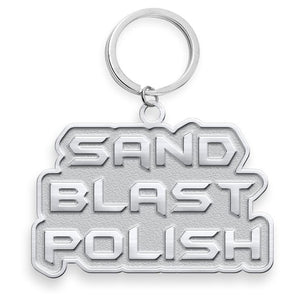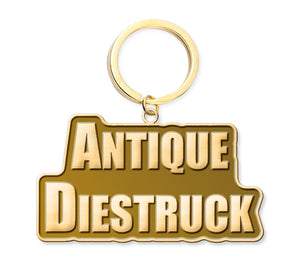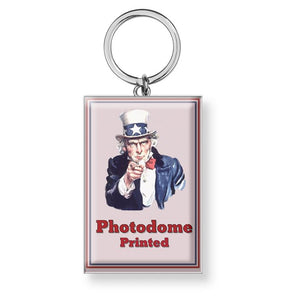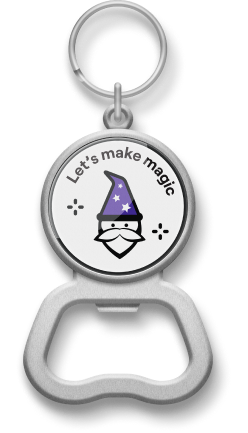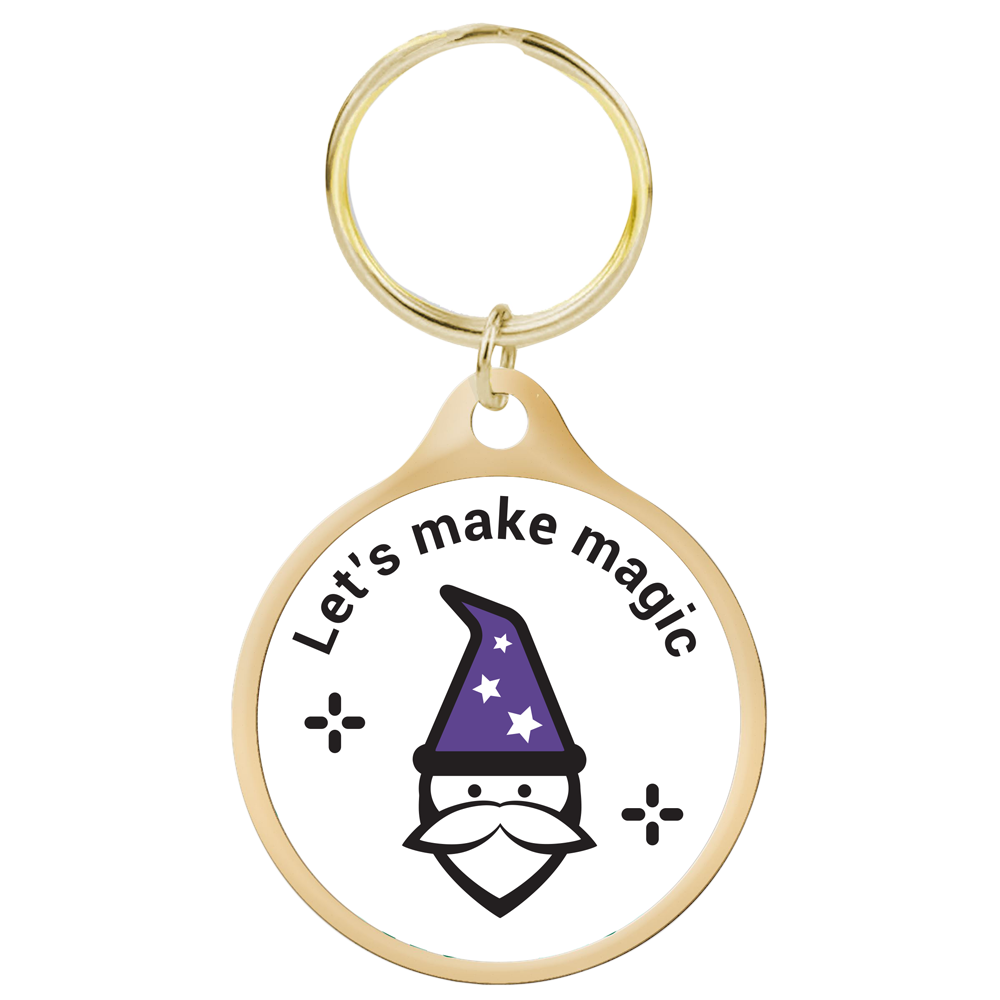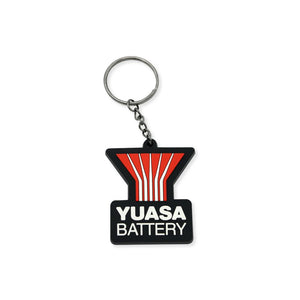Custom lapel pins have quietly become a favorite product for small creators and first-time entrepreneurs looking to break into the world of physical goods. They are small, relatively inexpensive to manufacture, and easy to ship, and they often have strong emotional or aesthetic appeal. Because of these features, lapel pins are a natural fit for crowdfunding platforms like Kickstarter and Indiegogo. They can also be a great first step toward building a full-fledged business with multiple product lines and a solid brand identity.
Why Crowdfunding Works for Lapel Pins
Crowdfunding allows creators to test the waters before investing in bulk manufacturing, and all they need to get started is a design idea. Instead of guessing what might sell, artists and designers can pitch their ideas directly to potential customers with little to no risk. A well-designed pin paired with a clear campaign goal and appealing reward tiers can quickly gain traction, and once a successful campaign ends, it's easy to package and ship enamel pins to project backers. On the other hand, if the campaign isn't fully funded, you can simply tweak your design and try again: Since you don't need to have the product in hand before you start seeking backers, you won't be stuck with products for which there's not enough demand.
Many creators use crowdfunding platforms to launch limited-edition enamel pins tied to niche interests, like video games, books, LGBTQ+ identities, pop culture mashups, or inside jokes from Internet culture. These campaigns succeed not just because of the product but because they tap into communities that care deeply about specific themes. Buying and wearing these pins can make people feel more closely tied to an affinity group. Pins have become hugely popular as a way to express a person's tastes, interests, and personality.
The Anatomy of a Successful Campaign
A typical successful pin campaign includes:
- A clear and visually engaging campaign page that immediately communicates the theme and appeal of the pins
- Tiered rewards, often including multiple pin designs, bonus stickers, backing cards, or early-bird pricing
- Stretch goals that unlock additional designs, special finishes like glitter or glow-in-the-dark enamel, or bundled merchandise
- Transparent timelines and cost breakdowns showing backers exactly how their money will be used and when they can expect delivery
Strong visuals play a major role in building trust and excitement. Campaign pages often feature digital mockups or hand-drawn sketches to show how the enamel pins will look. Mock-ups showing the pins displayed on jackets, bags, or corkboards can help people picture how they might use or wear the product themselves.
Some creators go further by including short videos that explain their design process or show off behind-the-scenes workspaces. Others add social proof by highlighting community support or past successful campaigns. These elements create a more immersive, trustworthy experience that encourages people to back the project and share it with others.
From Idea to Delivery: The Logistics
Behind every polished campaign is a lot of logistical planning. Once a project is funded, creators work with a custom pin manufacturer to get their pins made. This involves communicating the specifications, reviewing proofs, and approving the final design. Then, once the pins are produced, creators manage packaging and shipping their custom pins to the backers who ordered them, which can be time-consuming and requires good organizational skills. Some creators partner with fulfillment companies to streamline this process, but many handle it independently, especially on their first project.
More Than a Single Campaign: Building a Brand
Some artists and small businesses use one enamel pin campaign to kick off a larger venture. A successful first launch can lead to a full online store, new product lines like apparel, stationery, or home goods, and a dedicated customer base that follows a creator or company's work long-term. These early backers often become loyal fans who promote future releases through word of mouth or social media.
For some creators, crowdfunding becomes a recurring strategy. Each new collection is marketed as a limited-edition drop, creating urgency and exclusivity that drives demand. This approach allows creators to maintain control over inventory and production costs while keeping their audience engaged. Some also use the momentum from successful campaigns to secure wholesale partnerships with boutiques or to exhibit at pop culture conventions and maker fairs.
Over time, what started as a single enamel pin idea can evolve into a recognizable brand with a distinctive aesthetic, consistent messaging, and a strong online presence across platforms like Instagram, TikTok, and Etsy. In this way, crowdfunding is not just a launchpad: It can become the foundation for an entire creative business.
